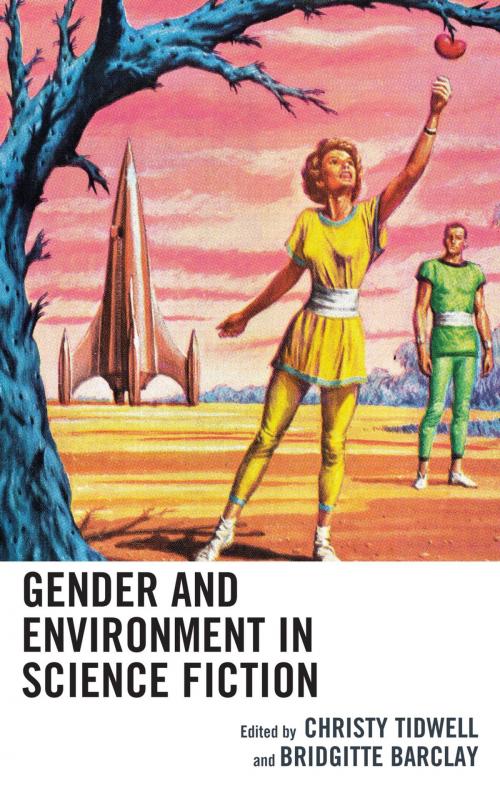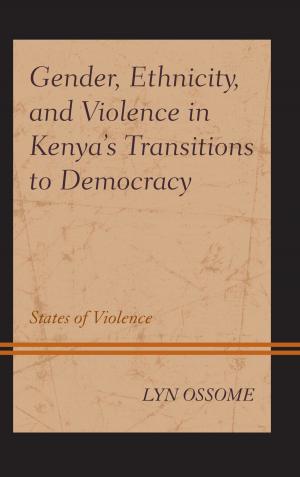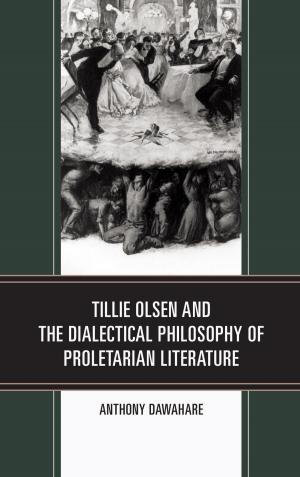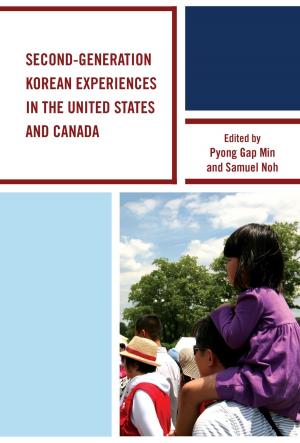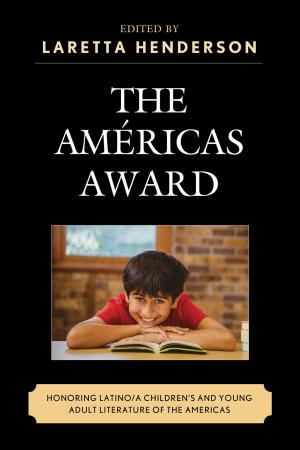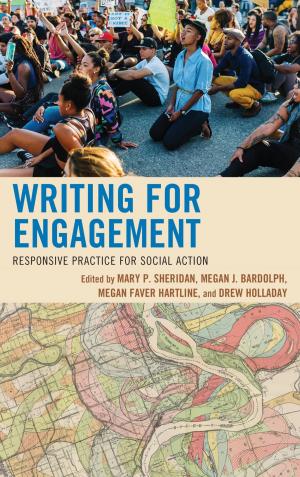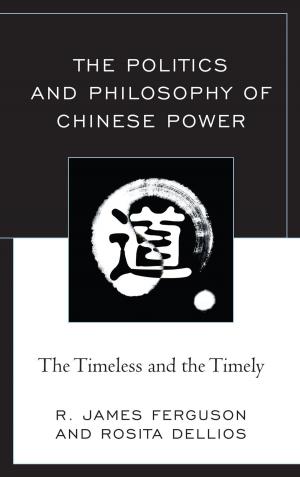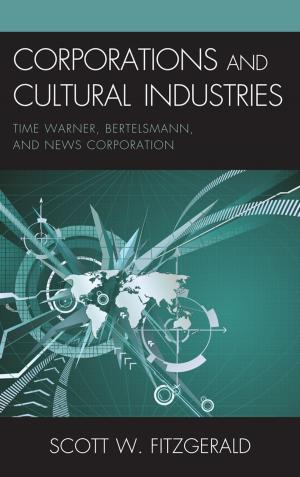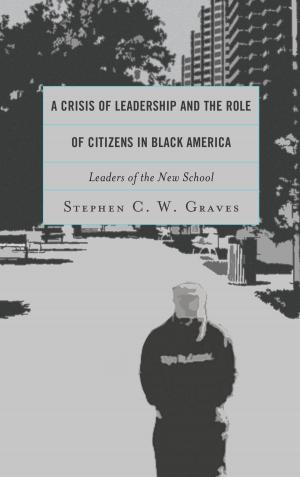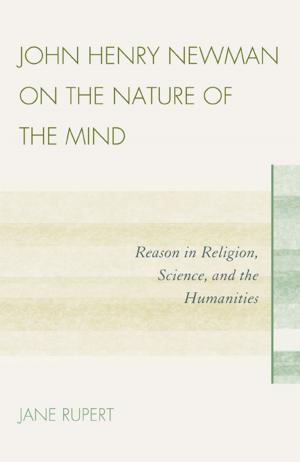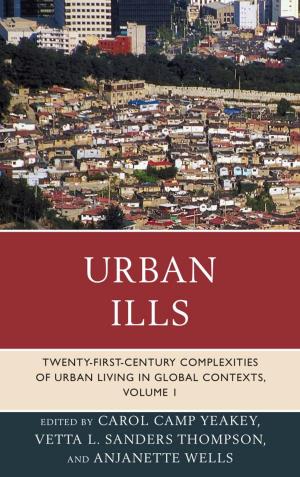Gender and Environment in Science Fiction
Nonfiction, Social & Cultural Studies, Social Science, Gender Studies, Women&, Cultural Studies, Popular Culture| Author: | Jill E. Anderson, Steve Asselin, Stina Attebery, Bridgitte Barclay, Amelia Z. Greene, Tyler Harper, Fernando Gabriel Pagnoni Berns, Juan Juvé, Carter Soles, Christy Tidwell, Michelle Yates | ISBN: | 9781498580588 |
| Publisher: | Lexington Books | Publication: | November 23, 2018 |
| Imprint: | Lexington Books | Language: | English |
| Author: | Jill E. Anderson, Steve Asselin, Stina Attebery, Bridgitte Barclay, Amelia Z. Greene, Tyler Harper, Fernando Gabriel Pagnoni Berns, Juan Juvé, Carter Soles, Christy Tidwell, Michelle Yates |
| ISBN: | 9781498580588 |
| Publisher: | Lexington Books |
| Publication: | November 23, 2018 |
| Imprint: | Lexington Books |
| Language: | English |
Gender and Environment in Science Fiction focuses on the variety of ways that gender and “nature” interact in science fiction films and fictions, exploring questions of different realities and posing new ones. Science fiction asks questions to propose other ways of living. It asks what if, and that question is the basis for alternative narratives of ourselves and the world we are a part of. What if humans could terraform planets? What if we could create human-nonhuman hybrids? What if artificial intelligence gains consciousness? What if we could realize kinship with other species through heightened empathy or traumatic experiences? What if we imagine a world without oil? How are race, gender, and nature interrelated? The texts analyzed in this book ask these questions and others, exploring how humans and nonhumans are connected; how nonhuman biologies can offer diverse ways to think about human sex, gender, and sexual orientation; and how interpretive strategies can subvert the messages of older films and written texts.
Gender and Environment in Science Fiction focuses on the variety of ways that gender and “nature” interact in science fiction films and fictions, exploring questions of different realities and posing new ones. Science fiction asks questions to propose other ways of living. It asks what if, and that question is the basis for alternative narratives of ourselves and the world we are a part of. What if humans could terraform planets? What if we could create human-nonhuman hybrids? What if artificial intelligence gains consciousness? What if we could realize kinship with other species through heightened empathy or traumatic experiences? What if we imagine a world without oil? How are race, gender, and nature interrelated? The texts analyzed in this book ask these questions and others, exploring how humans and nonhumans are connected; how nonhuman biologies can offer diverse ways to think about human sex, gender, and sexual orientation; and how interpretive strategies can subvert the messages of older films and written texts.
